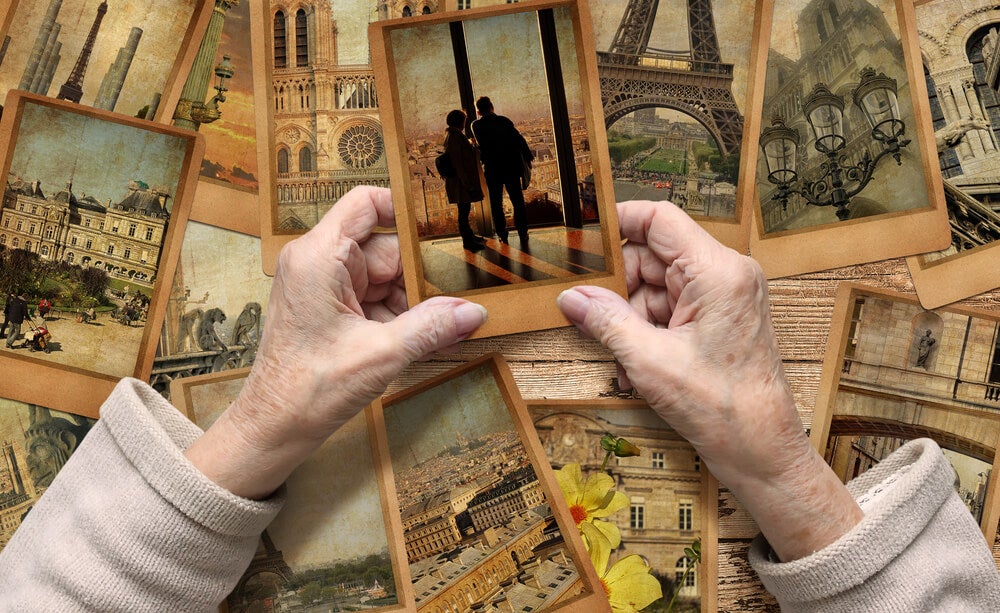They say that in each of us there is an inner child, every adult human being today was, of course, a child, and like every child was born with a certain genetic burden to which the influence of the environment was added to form who he is today.
The environment is important because it influences the child a lot, who begins to learn from the environment around him at an early age, so the technique of photography can help us when this initial learning was not the best.
- Attachment is an intense and lasting emotional bond of a singular character.
- Which develops and consolidates between two or more individuals through their reciprocal interactions.
- And whose immediate objective is the search and maintenance of proximity in times of threat.
- As it offers security.
- Comfort and protection.
- In this way.
- Most children establish a safe attachment.
However, not all children have this success. Do all children need someone to give them security, confidence and, of course, the resources to survive?Food, hygiene and shelter.
If someone doesn’t get it early in life, they can develop deficiencies that eventually go beyond childhood and project into adulthood.
These gaps are engraved deep within the person: their unconscious, so when they are adults they develop patterns of behavior with other people or experience certain emotions on a recurring basis for no reason that they can consciously identify.
Therefore, knowing how our childhood developed and what needs were not adequately met is critical to getting to know each other and what we should work on.
The technique of photography to heal the inner child aims to teach us to give us the affection we need, it is an emotional strategy that awakens in the patient memories, feelings and sensations that have often been suppressed for years or decades.
With the technique of photography, the therapist encourages the patient to talk to the child in it, in this sense the photograph facilitates the patient the development of this communication, which has a symbolic character.
The photography technique can be developed in several ways, each therapist must propose a game based on their own creativity that suits the patient in front of them.
There will be patients with more rational thinking characteristics or even those who are running out of emotions, and with these it will be more difficult to implement the technique.
Once the patient has the photo of her childhood, the therapist will ask her to observe her for a few minutes without any judgment, simply trying to connect with that childish part that still lives in it.
When the patient reaches this connection, the therapist directs him towards sincere and emotional communication with the child. For example, you may ask, “How does this child feel when his parents are not available to him?”Or “What does this child need?”
First, questions are asked to clarify the child’s feelings, which largely reflect the emotions the adult is currently experiencing.
Therefore, the patient might answer, “Does the girl feel lonely and empty?”, “Do you feel anxious and nervous, waiting for your mother to arrive soon and embrace her. “
When these questions have already been asked, the idea is for the patient to help the child, that is, to help himself. To do this, the therapist can ask the patient, “What are you going to give this child now?”, do you think it is worth persisting in this loving relationship that devalues more and more every day a child who has already suffered from it???,? can you help the child get out of there and feel safe?
Thus, the patient realizes that the child, even an adult, has continued to seek safety abroad, tried to meet the needs and deficiencies of his children with alcohol, abusive relationships or work addiction.
The patient must understand that safety is not outdoors as it was when he was a child, but that this much-desired safety lies in his own self-directed condition.
If the patient begins to calm the child, give him unconditional love, he will begin to heal his inner child.
The technique of photography is nothing more than a psychological strategy based on emotions and experiences that can be used in therapy, it is a path to an end, not an end in itself.
To heal the inner child, you must maintain all the love, affection and attention that you have promised yourself in your daily life, for this you can, for example, write a few sentences behind the photo.
You can write, for example, “I will not let them treat you like this, I will take care of you. “
These phrases should not only be left there, they must create a compromise and therefore generate behaviors, for this behavioral techniques are valuable tools.
Once the patient heals his inner child, begins to live a freer and fuller life, becomes able to rely on internal pillars rather than seek safety in the environment or another, begins to kiss, to love himself unconditionally.

